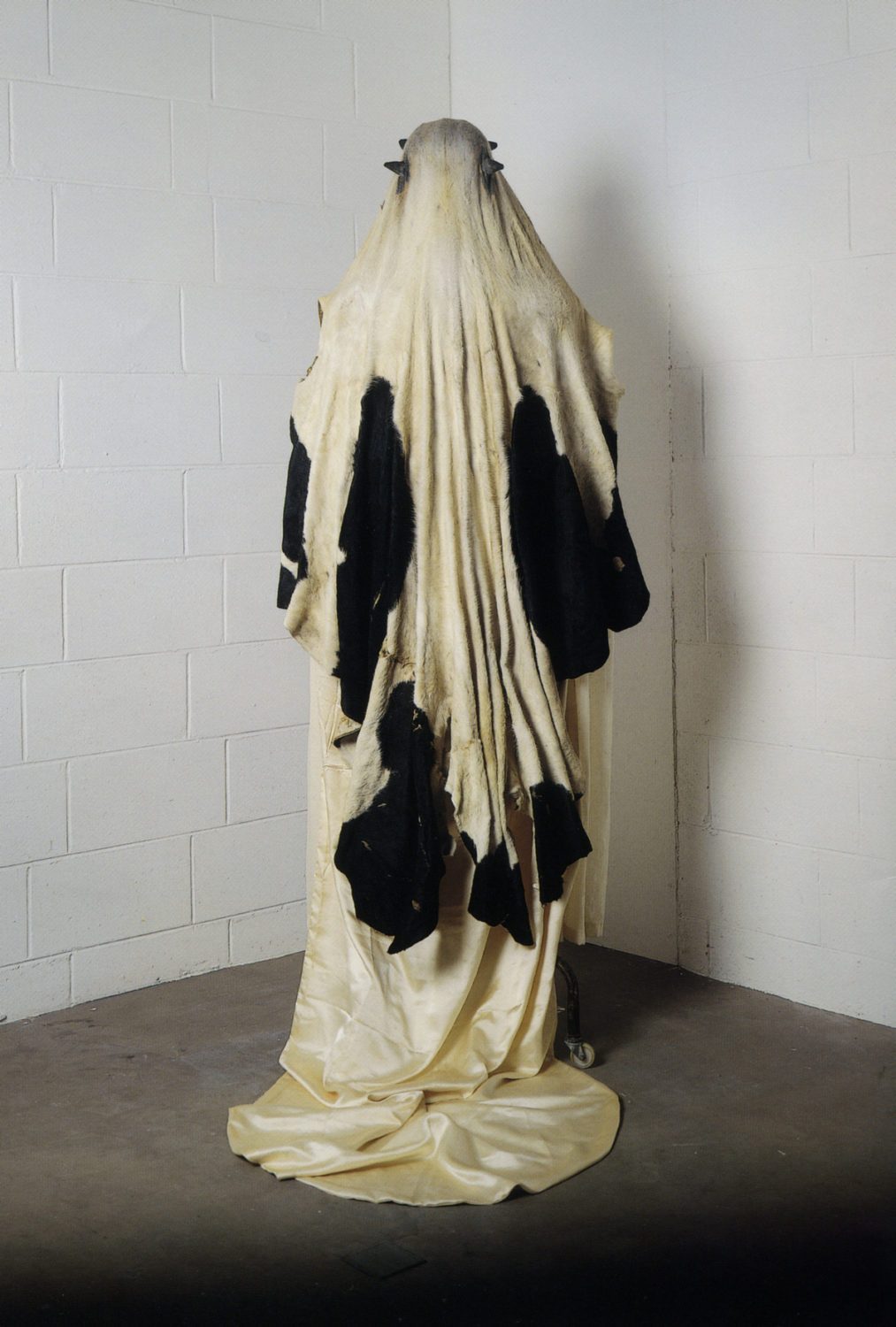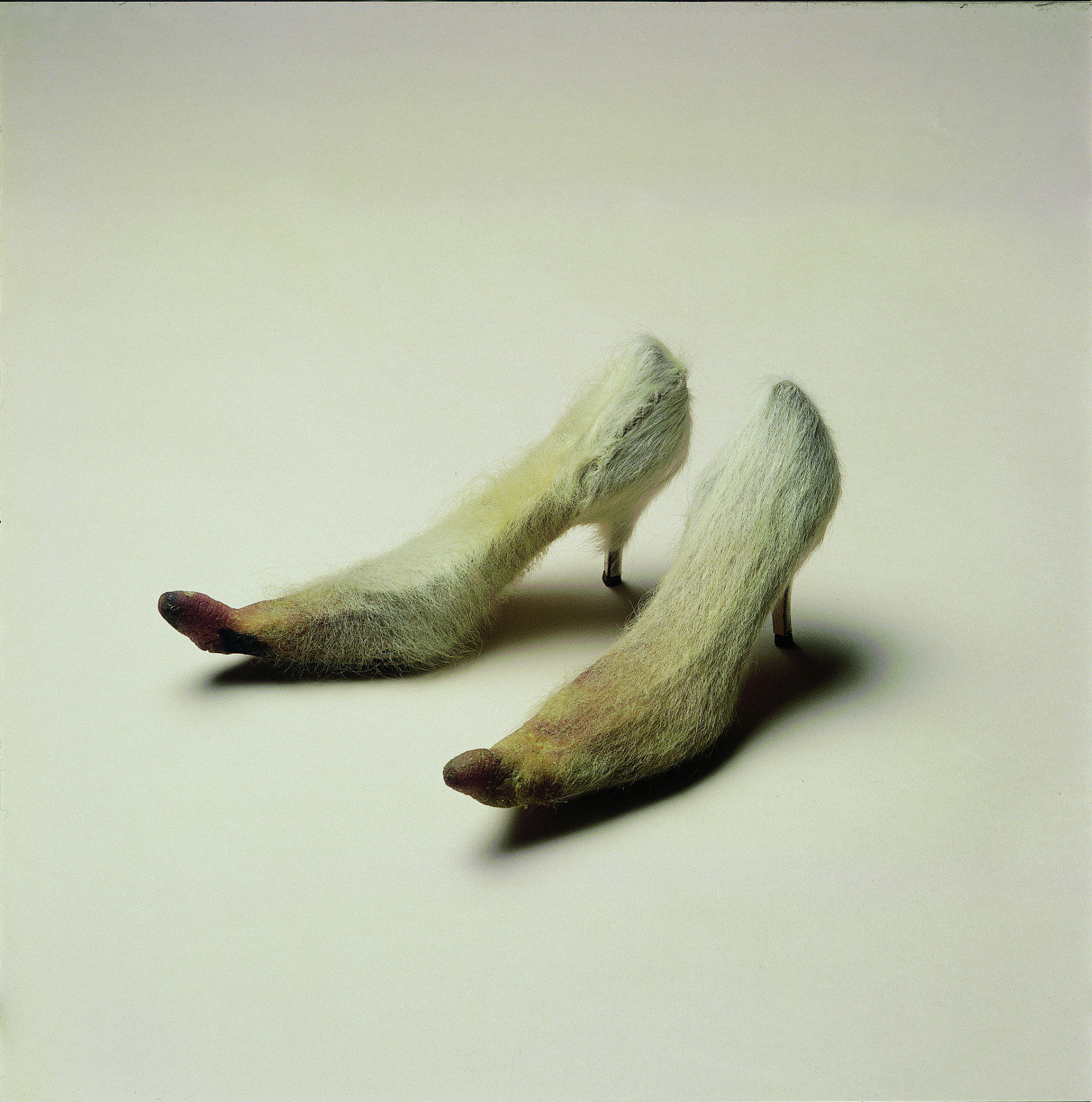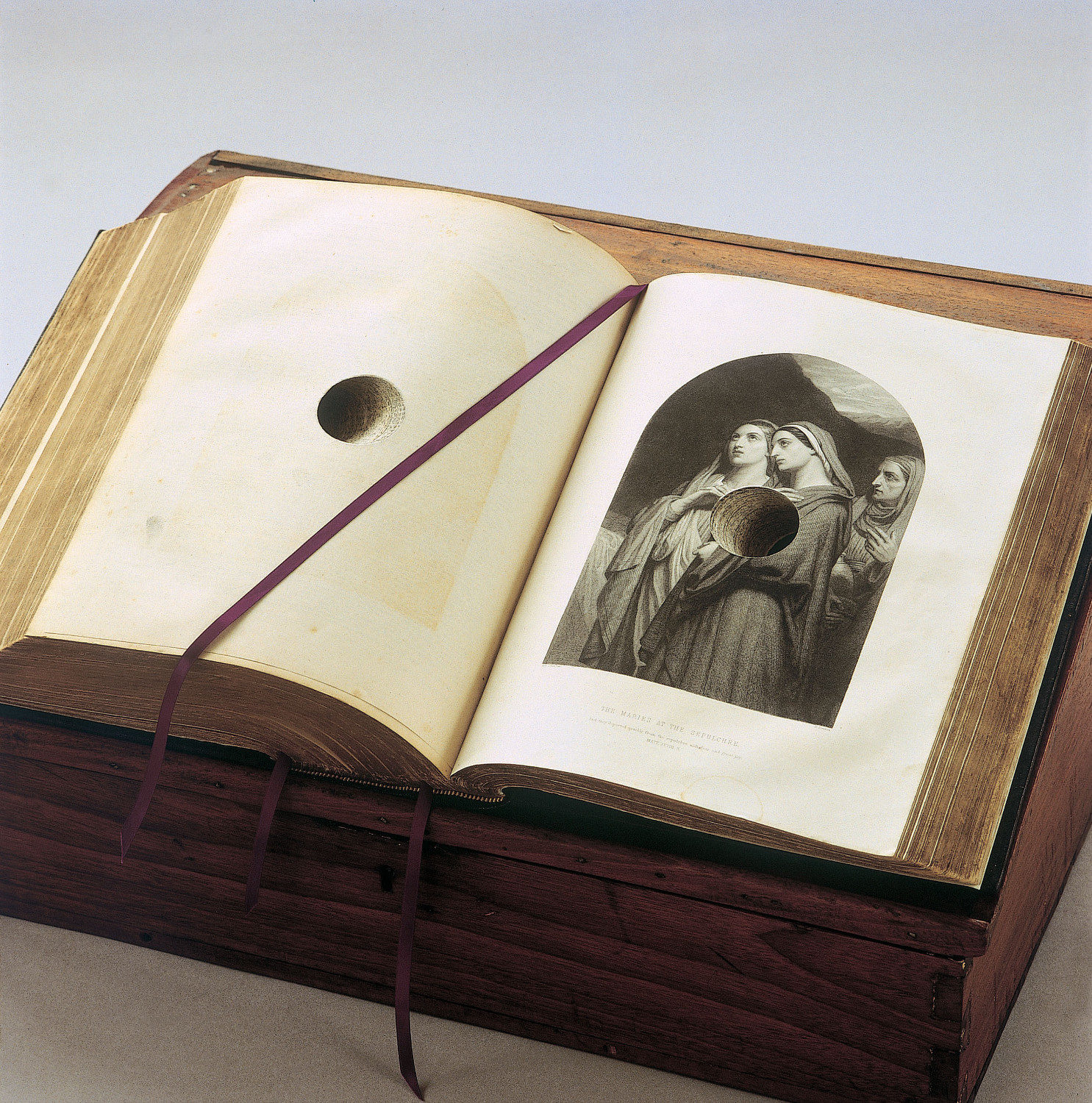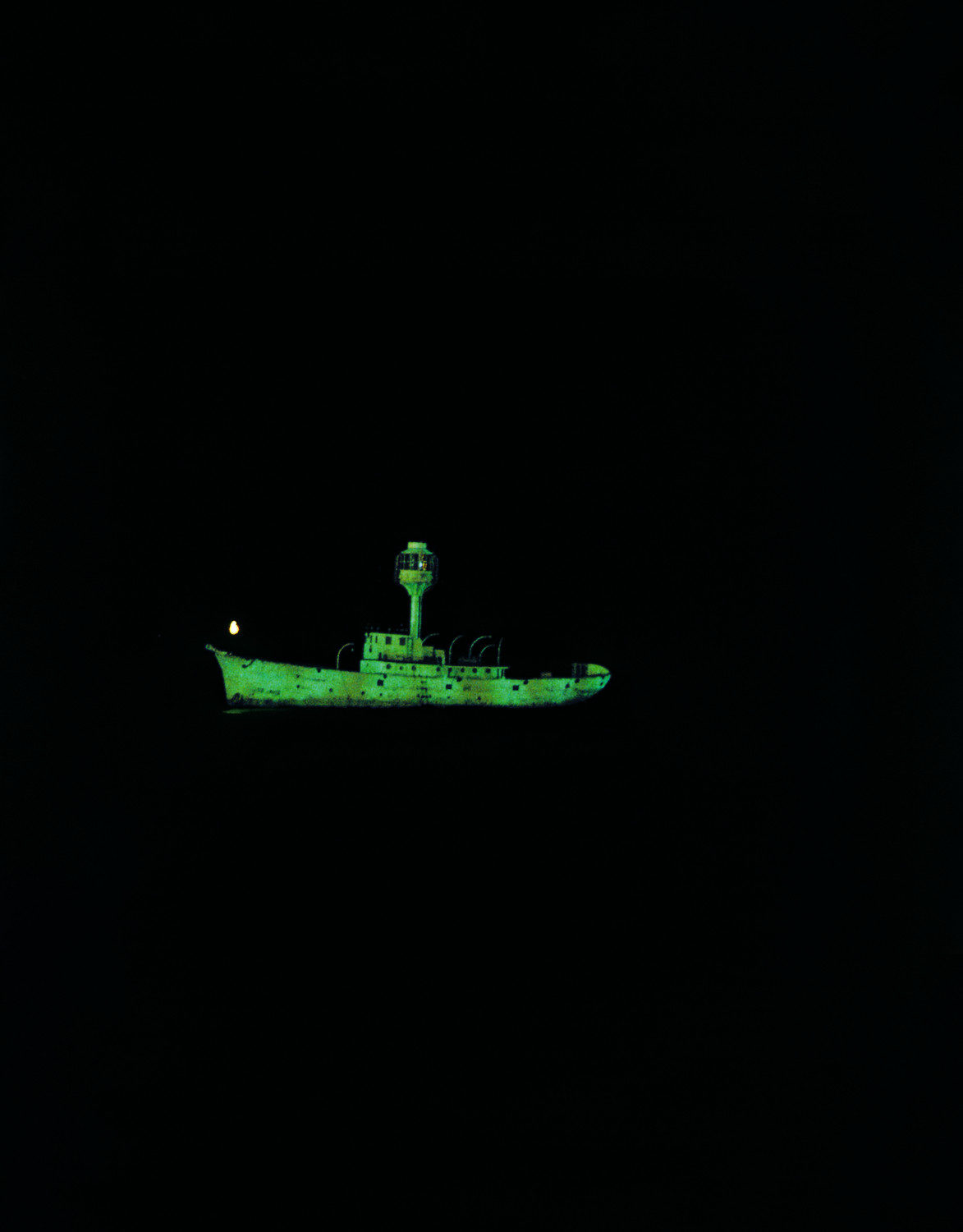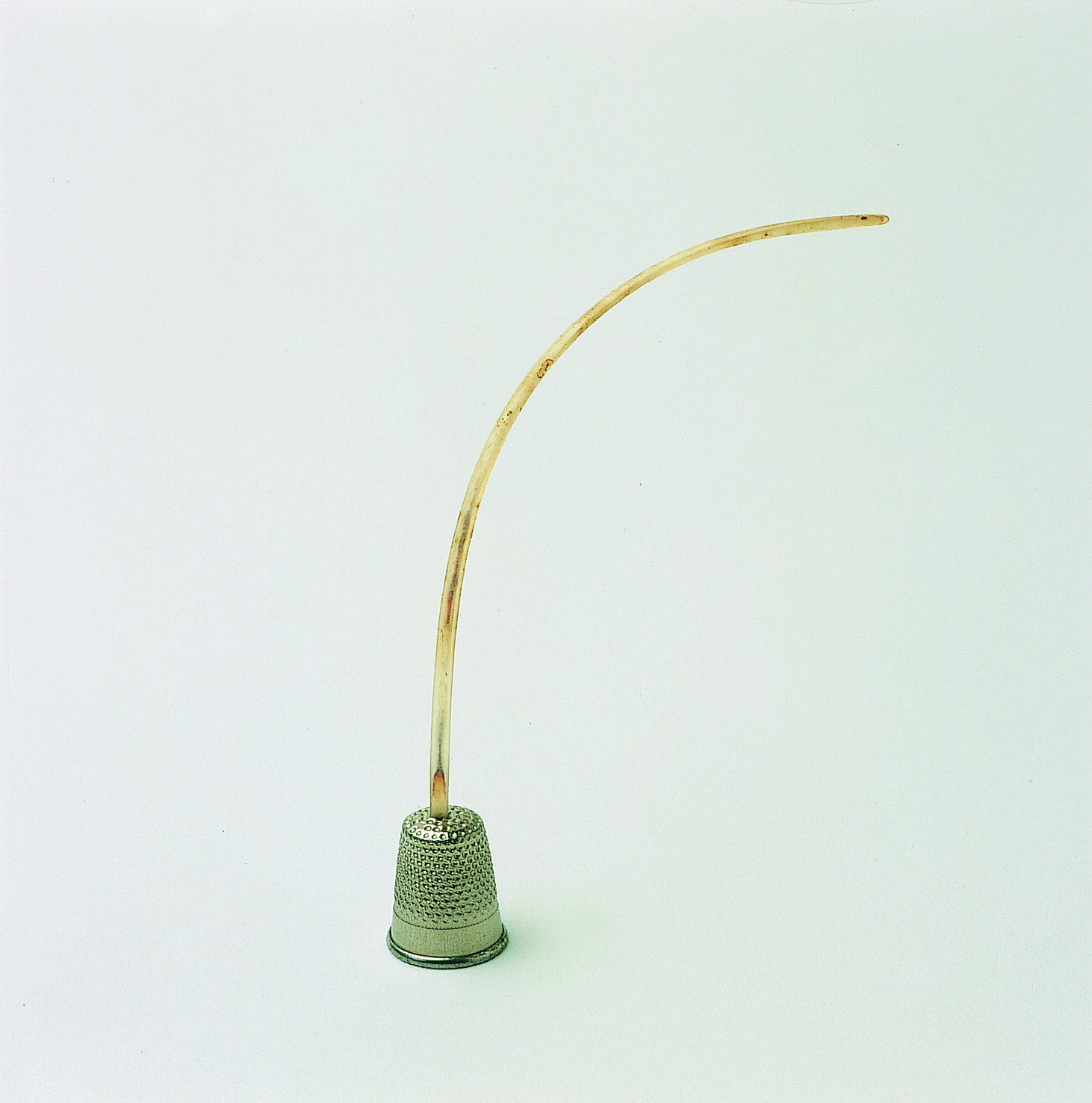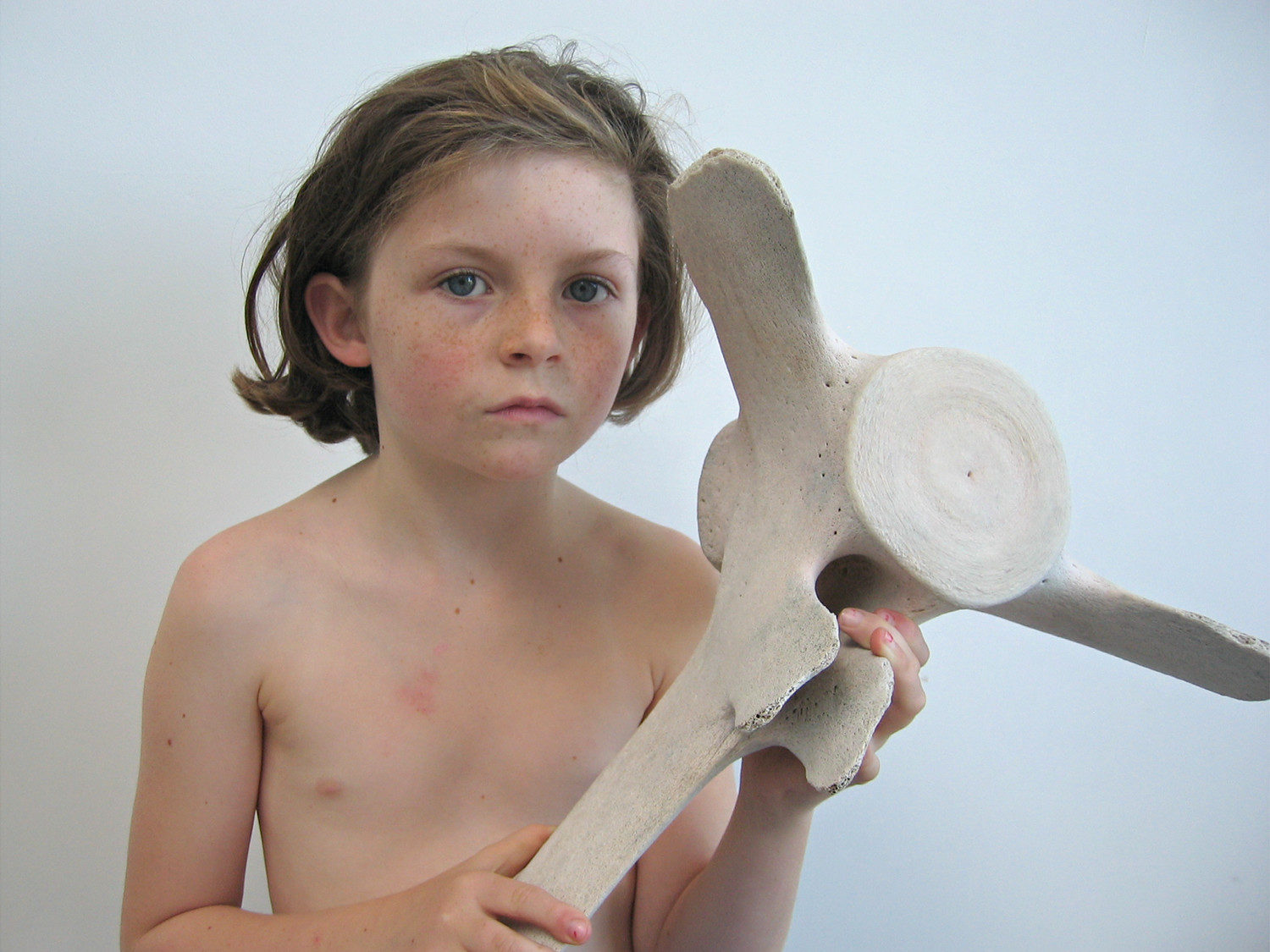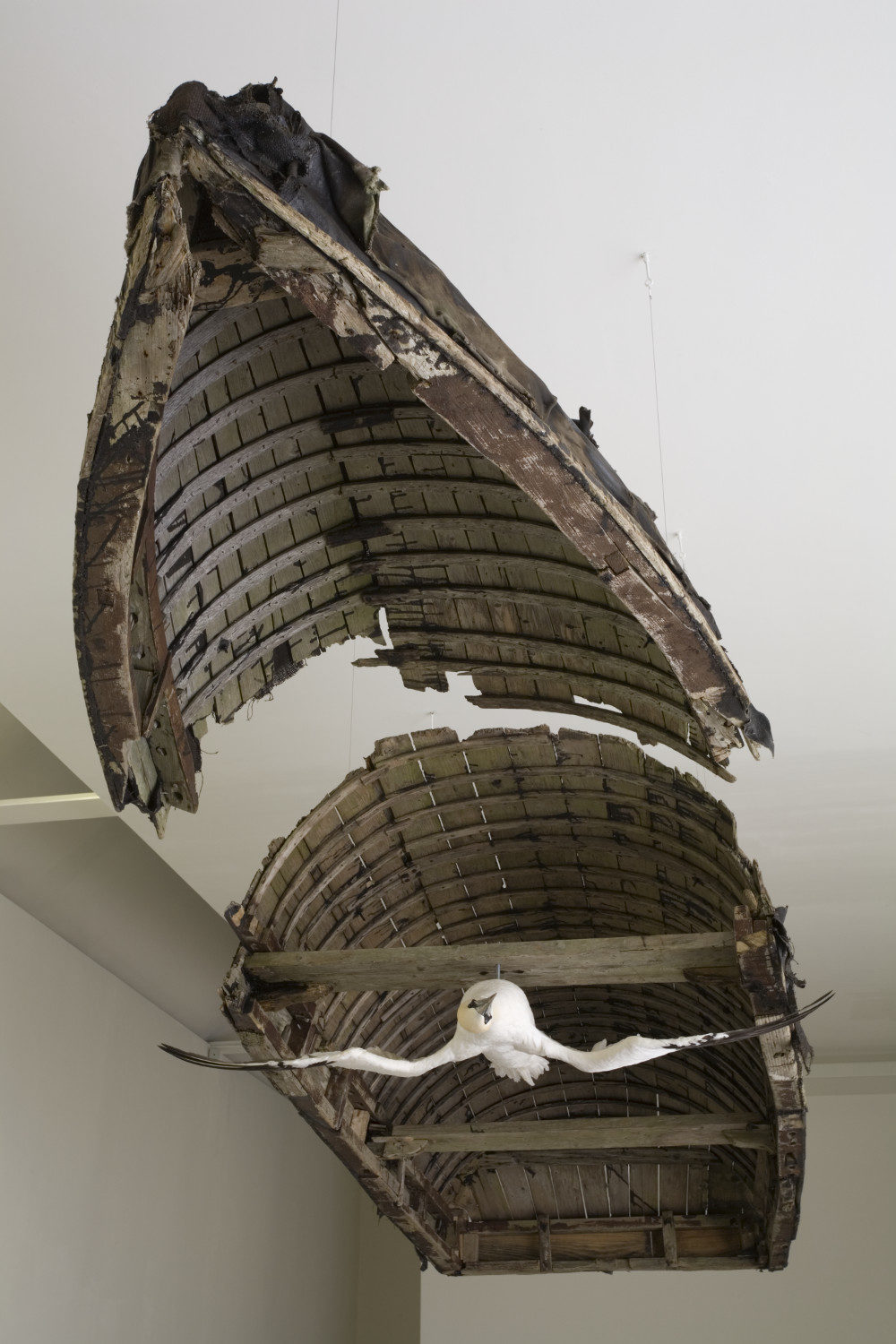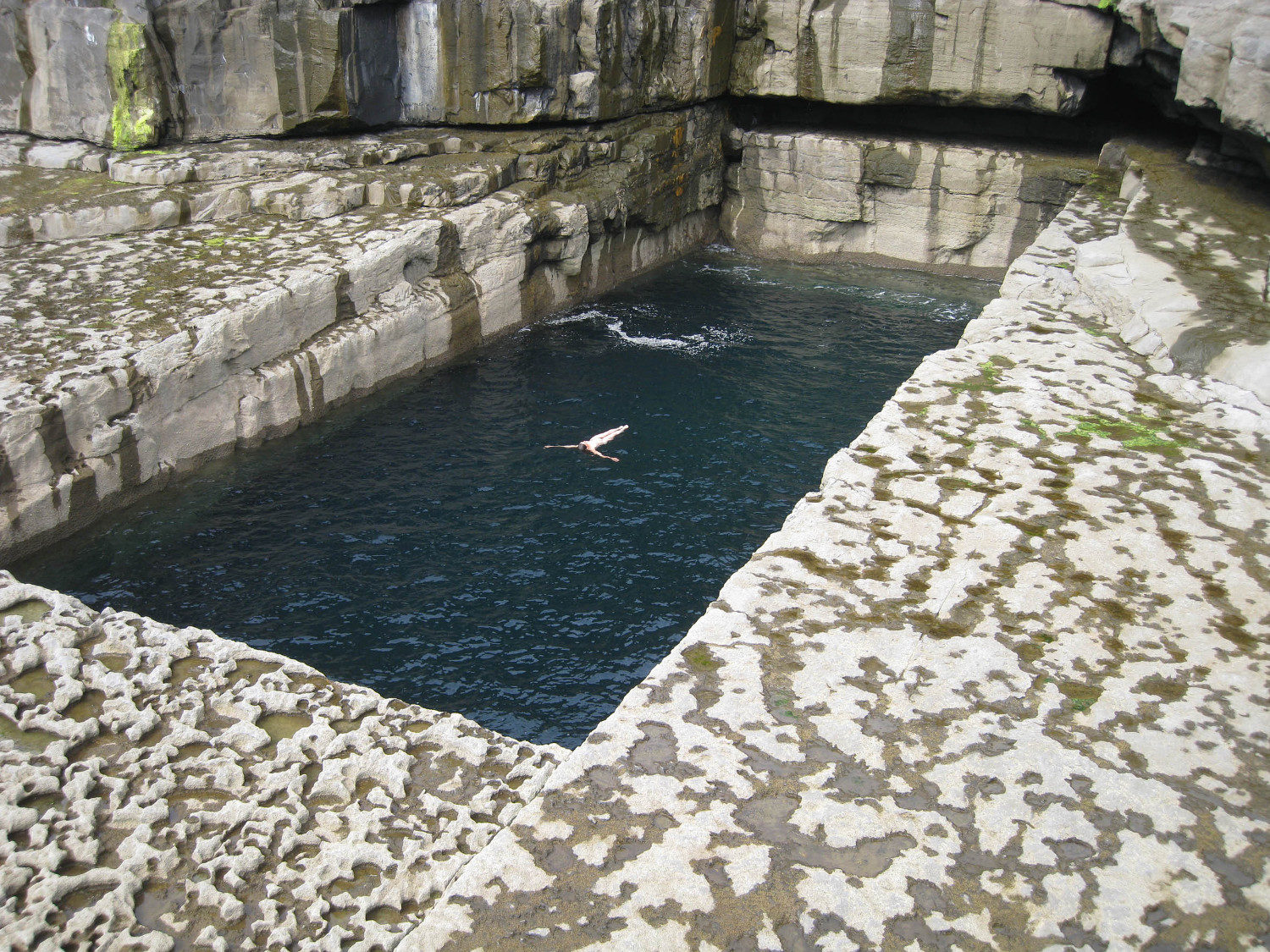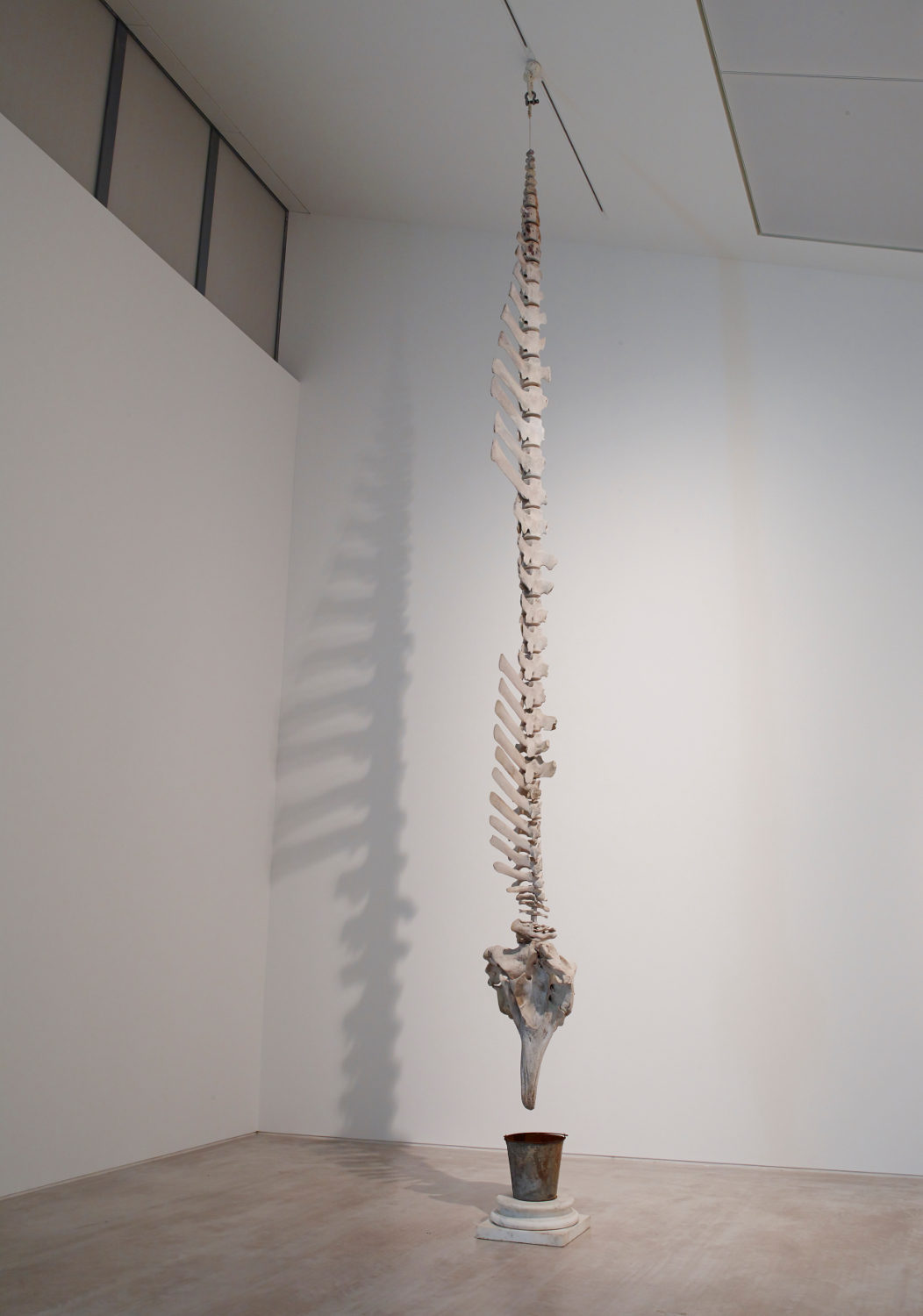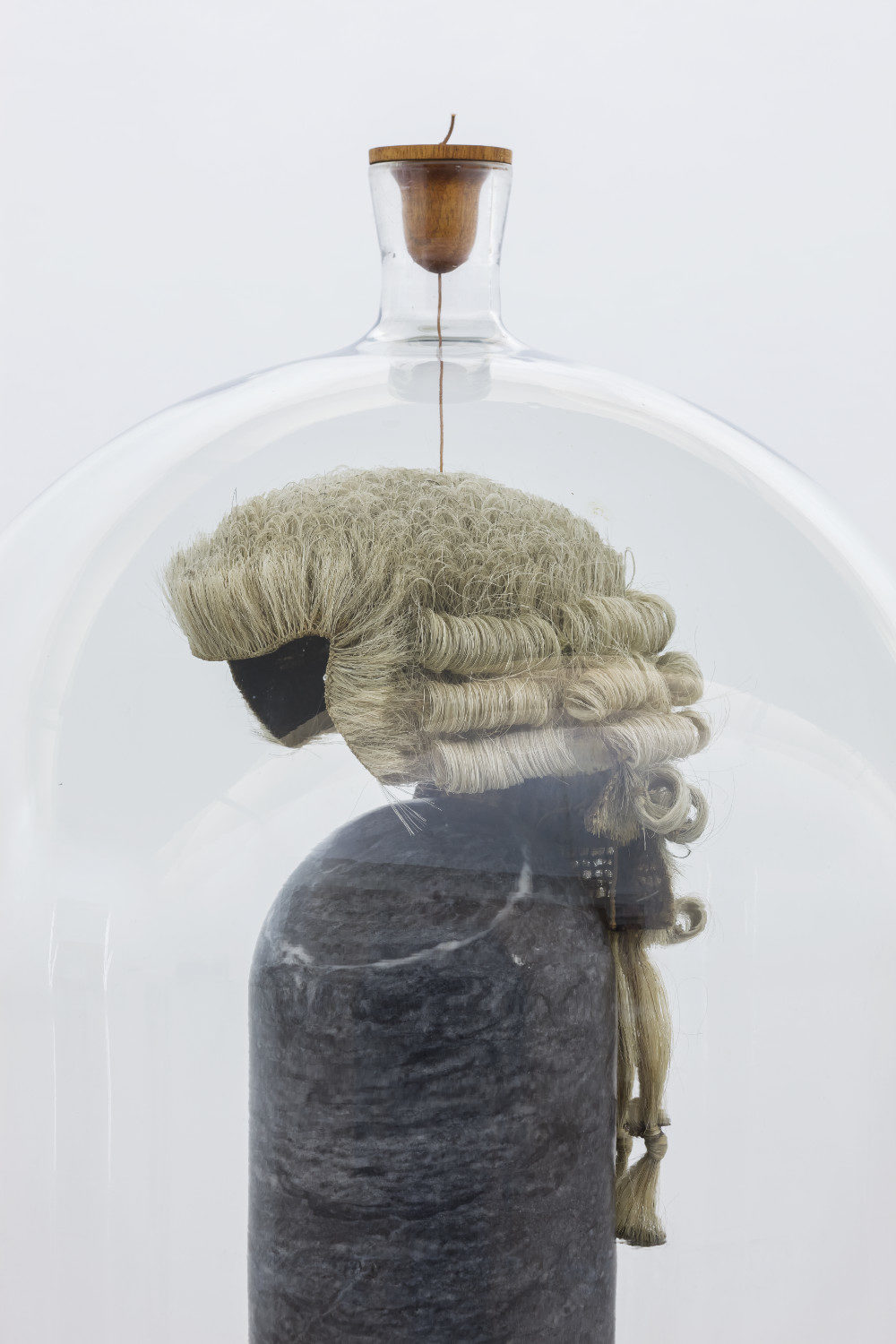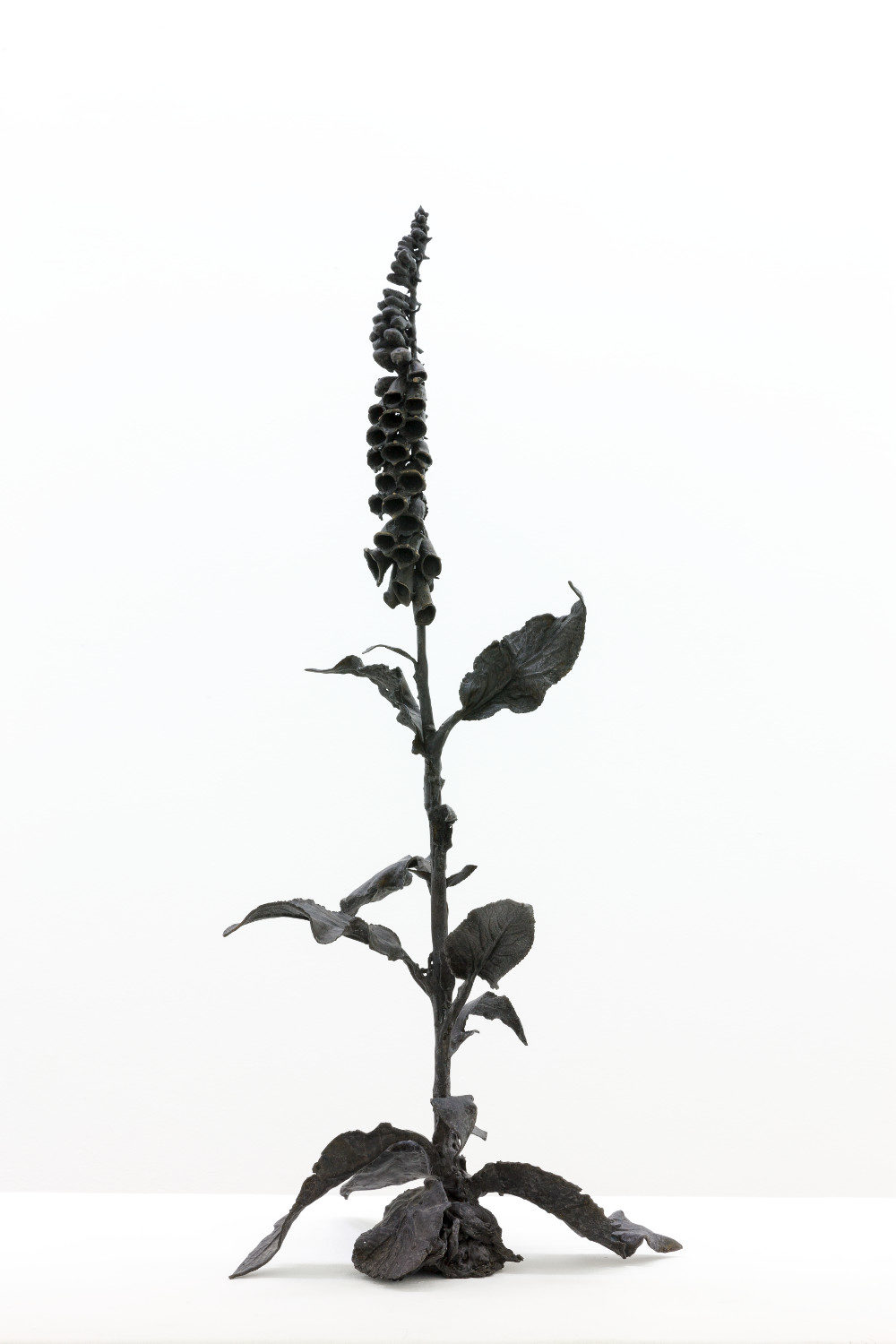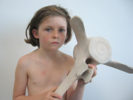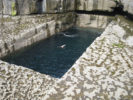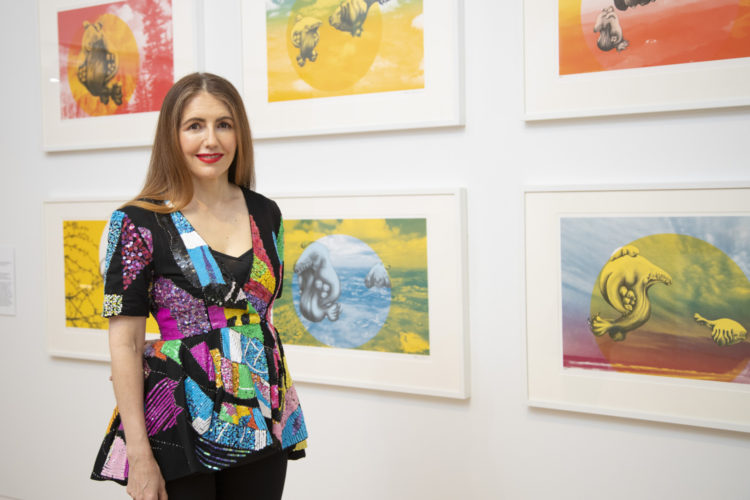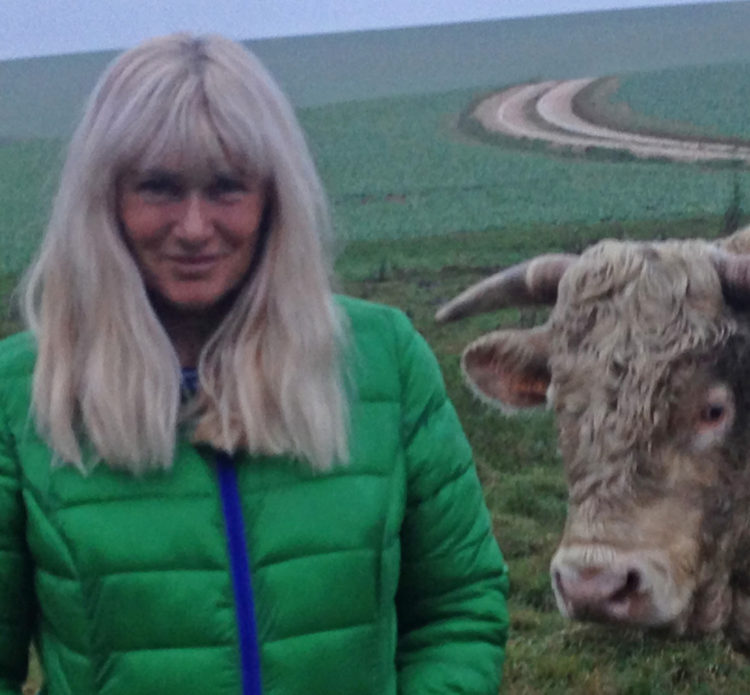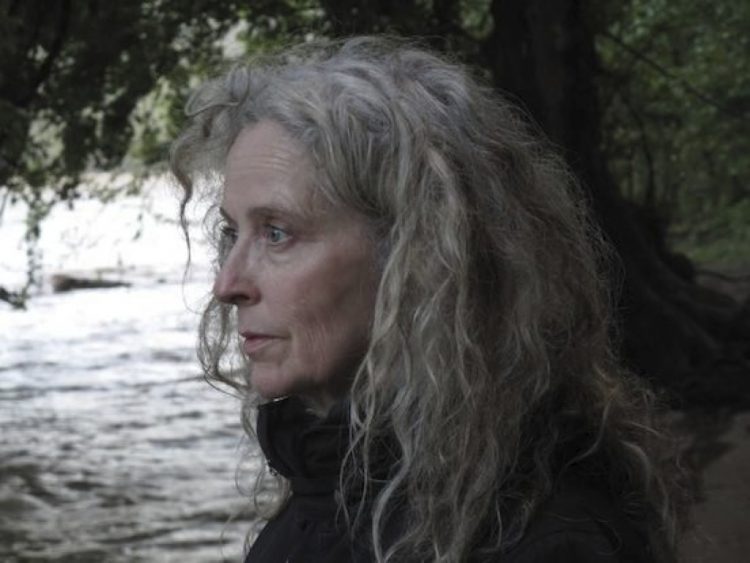Dorothy Cross
Dorothy Cross, exh. cat., Irish Museum of Modern Art, Dublin (3 June – 11 September 2005), Dublin, Irish Museum of Modern Art, 2005
→Cross Dorothy, Montenotte & Fountainstown, Cork, Occasional Press, 2012
→Lydenberg Robin, Dorothy Cross, Connemara, exh. cat., Royal Hibernian Academy, Dublin (14 March – 27 April 2014), Dublin, Royal Hibernian Academy, 2014
Gone, Mcmullen Museum of Art, Boston, 2005
→Eye of Shark, Lismore Castle Arts, Lismore, 2014
→Dorothy Cross, New Art Centre, Roche Court, Salisbury, 2 December 2017 – January 2018
Irish visual artist.
Dorothy Cross studied at the San Francisco Art Institute, among others, from 1980 to 1982, before eventually choosing to return to Ireland, in Dublin then Connemara. Since the mid-80s her work has included sculpture, photography, video, and installations. She reappropriates the locations and materials she uses to make new metaphorical associations that sound out today’s sexual and religious behaviours, habits and identity constructions. She utilises the animal realm (sharks, jellyfish, cows, crabs, birds, snakes) to question male and female stereotypes and the notions of power, dependence, and fertility. The Udder series (a phonetic play on the word other), created between 1990 and 1994, most notably includes the pieces Virgin Shroud (1993), inspired by her mother’s wedding dress, and Saddle (1993). Her experience working at an electric plant for a few years resulted in a series of object/environments, which she explored through photography: the “residues”, which include Control Room, Dresser, and Parthenon, were presented at the Powerhouse exhibition in 1991. She also represented Ireland at the 1993 Venice Biennale.
A public commission enabled her to create Ghost Ship in 1999: for three weeks the Albatross, an abandoned lightship, was covered in fluorescent paint, thus highlighting its removal from Dublin Bay. Her next projects consisted in performances and multimedia shows in unusual locations: Chiasm (1999) was staged in a handball court, with superimposed images filmed at Poll na Peist on the Aran Islands. By questioning the role of the artist in a world of environmental and cultural changes, D. Cross seeks to give humans back their place in nature. Her love of botany, zoology and science led her to conduct new works on the island of New Ireland in the South Pacific and in Antarctica. Her bronze sculptures Conglomerate (2010) function as warning signals.
© Éditions des femmes – Antoinette Fouque, 2013
© Archives of Women Artists, Research and Exhibitions, 2017



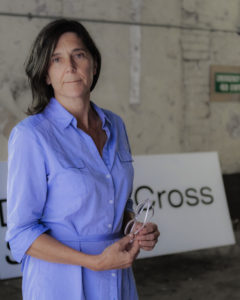
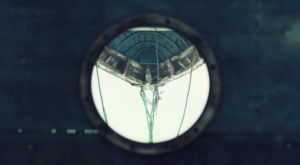 Dorothy Cross : Connemara, exposition au Turner Contemporary
Dorothy Cross : Connemara, exposition au Turner Contemporary 